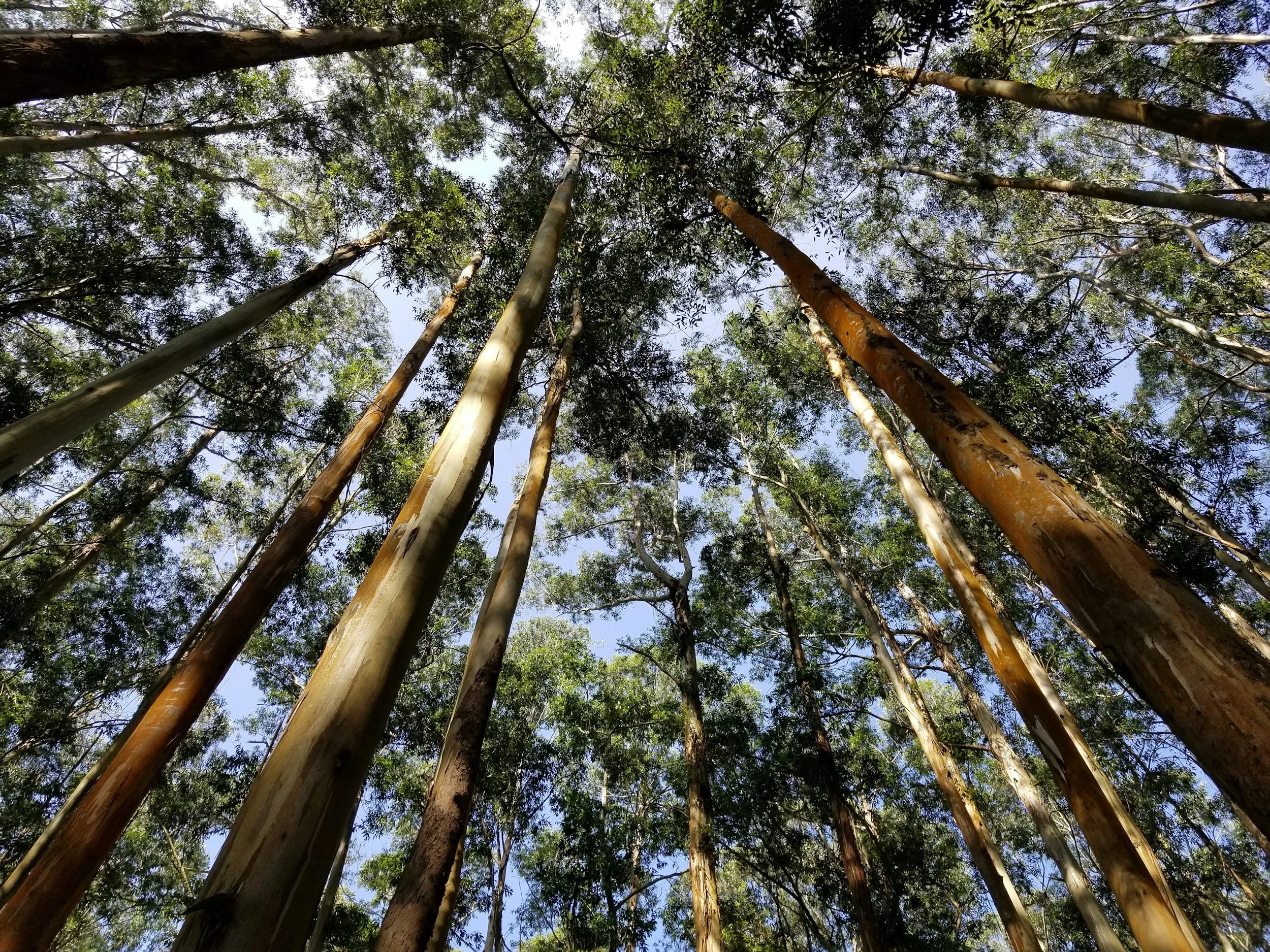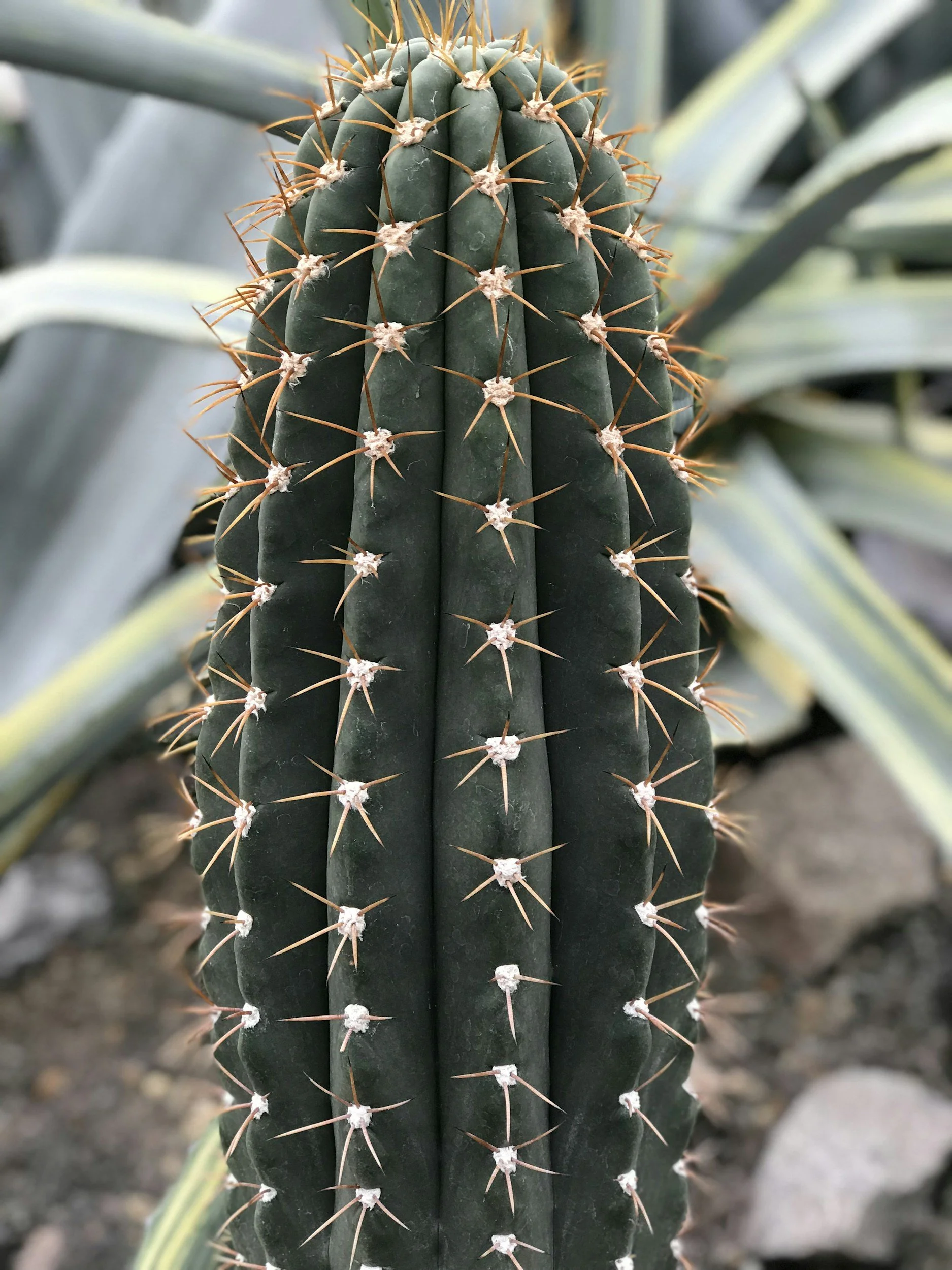The Top Plants That Can Hurt Your Property Resale Value And What to Plant Instead
In today’s real estate market, buyers are prioritizing reducing their fire risk over outdated aesthetics.
In San Diego’s luxury market, a home's landscaping isn't just scenery — it's a statement. Buyers at the high end expect more than just beauty; they want smart, sustainable design, low maintenance, and fire-conscious plantings that complement Southern California’s climate.
But not all plants are created equal. In fact, some can actively hurt your home's resale value — turning off buyers or even triggering insurance concerns. Whether you’re prepping to list or updating your estate, here are the top landscaping missteps to avoid in San Diego’s luxury neighborhoods.
🌴 1. Tall Palm Trees (e.g., Mexican Fan Palm)
The Problem: While iconic, these palms can grow over 80 feet tall, becoming expensive and dangerous to trim or remove. They also offer little shade and ecological benefit. Buyers increasingly view them as outdated and high-maintenance — especially in La Jolla, Rancho Santa Fe, and Del Mar, where modern landscape design favors function and form. Tall palms, such as the Mexican Fan Palm, can be extremely expensive to trim or remove.
Smarter Choice: Try the Mediterranean Fan Palm (Chamaerops humilis) — drought-tolerant, attractive, and manageable in height. Like all fan palms, the Mediterranean Fan Palm does require regular maintenance. Smooth trunked palms are thought to be less of a fire risk because of their self cleaning nature and lack of ember catching bark structure. Overall, low fire risk and maintenance requirements determine the desirability of palm trees Southern California neighborhoods.
🌲 2. Italian Cypress (Cupressus sempervirens)
Italian Cyprus are commonly referred to as match sticks because of how quickly they burn due to their high oil content.
The Problem: Tall, narrow, and dramatic — but also highly flammable. Italian Cypress is often discouraged by fire departments in high-risk zones like Poway, Rancho Bernardo, or inland estates. These iconic columns may scream “luxury,” but they’re highly flammable, prone to disease, and can become structurally unsound as they age. In fire-prone areas like California, they may even be considered a liability. They also attract spider mites and often fail to thrive near the coast due to salt exposure.
Smarter Choice: Use Bay Laurel, columnar oaks, or columnar Podocarpus for vertical impact without the extreme fire risk and better longevity.
🌾 3. Running Bamboo (Phyllostachys species)
The Problem: It may offer privacy, but running bamboo spreads aggressively and can become a litigation nightmare with neighbors in tightly packed communities like Encinitas or Del Mar Heights. It’s also difficult and expensive to remove. Bamboo might look exotic and high-end, but many species — especially running bamboo — spread aggressively and are nearly impossible to contain once established. They can damage hardscaping, invade neighbor properties, and become a major turnoff for buyers.
Smarter Choice: Go with clumping bamboo or, preferably, Podocarpus hedges for privacy without the invasion. I would personally stay away from all bamboo species, especially since Podocarpus hedges offer greater privacy with a more lush look while being more suitable for our southern California climate and environment.
Eucalyptus trees are a red flag for fire danger zones and can cause expensive damage during storms.
🔥 4. Eucalyptus Trees
The Problem: A notorious fire hazard in San Diego County — especially inland or canyon-adjacent areas like Scripps Ranch and Escondido. These trees shed oily bark, drop large limbs, and are infamous for fueling past wildfires in the region. I have been told by local historians that San Diego has so many eucalyptus Groves because some of the settlers who came here in the 1800s thought eucalyptus trees would provide great wood for building railroads. Unfortunately, that was not the case as eucalyptus is unsuitable for making train tracks due to its oil content and flexibility. Although there are some people who are very fond of our local eucalyptus trees, these invasive and non-native trees are extremely hazardous due to their high fire risk, likelihood to fall in a storm, and ability to regularly grow over 100 feet tall. All of these factors make eucalyptus a very poor choice for any San Diego yard. These trees are a red flag for fire danger zones and can cause expensive damage during storms.
Smarter Choice: Consider California Live Oak or Coast Redwood (in fog-prone zones) — beautiful, shade-giving, and much safer. Regular podocarpus trees are often used to replace Eucalyptus in cities and parks for good reason.
🌸 5. Oleander (Nerium oleander)
The Problem: Widely used on freeways, but toxic to pets and children, and prone to spreading allergens. In coastal estates with open yards and families, this can be a serious buyer concern. Additionally, Oleander is susceptible to a disease that has been wiping out Oleander plants across Southern California. This disease is the reason why we have been seeing the Oleander along our local freeways disappearing over the last decade or so. This plant is generally considered to be outdated. Some buyers will see this as a non-negotiable issue, particularly families. It's also a known allergen and can cause respiratory irritation.
Smarter Choice: Swap for lavender, salvias, or camellias — colorful and safe, with less maintenance. If you’re looking for a hedge plant, I will once again highly recommend columnar Podocarpus.
🌵 6. Large, Spiny Cacti (e.g., Barrel Cactus, Agave americana)
Cactus can be a great fire resistant security feature if used properly in safe areas.
The Problem: Drought-resistant, sharp-spined succulents can be a liability near walkways or pool areas. In luxury homes where outdoor entertaining is key, safety and comfort matter. Many people fear spiny cactus varieties due to the risk of injury. People with young children or dogs are especially likely to have these concerns. I personally love spiny cactus and if you do too, I recommend keeping these pokey plants in elevated planters or pots to reduce risk of injury.
One exception is to use cactus as a living fence on properties that have two or more acres and where you have land that you do not use. These living spiked fences are often comprised of tuna cactus (aka prickly pear cactus) and create a security buffer unlike anything else.
Smarter Choice: Use Aeoniums, Aloe trees, dracena, or Golden Sedum for soft, sculptural texture without the risk.
🍃 7. English Ivy (Hedera helix)
The Problem: This fast-growing vine clings to stucco and tile roofs, causing moisture damage and pest issues — particularly problematic in coastal properties with salt exposure. It’s also considered invasive in California. This plant is generally thought to be outdated.
Smarter Choice: Use Creeping Fig (Ficus pumila) on trellises or walls — visually similar but easier to control.
🌵 8. Euphorbia
The Problem: While these plants provide a unique touch of flare to any garden, they are inherently dangerous due their sap. Beyond their often sharp exteriors, the milky white sap of these plants can cause severe skin, mouth, and eye irritation. I have personally known people who went temporarily blind due to exposure to Euphorbia sap. Due to the health risk, the presence of Euphorbia can be an instant no-go for many buyers.
Smarter Choice: Even regular cactus is safer than Euphorbia species. The best replacement for Euphorbia would be one of the many beautiful species of aloe, aloe trees are a particularly good choice.
🔥 9. Pepper Trees
The Problem: Although a common sight in San Diego County, pepper trees are a poor choice for our area due to their high flammability, invasive nature, and messy growth. Beyond having a high oil content that make these trees undesirable due to their fire risk, pepper trees are listed as invasive in many parts of California. They can aggressively spread, displacing native plants and disrupting local ecosystems, or at best, create a situation where property owners are constantly chasing unwanted saplings in their yard. Even the California pepper tree (Schinus molle), though commonly mistaken as native, is actually from Peru. Pepper trees create flammable leaf litter and their berries can stain pavement of all kinds. Their shallow, spreading roots can crack sidewalks, roads, foundations, pools, and plumbing. Both Brazilian and California pepper trees release volatile compounds that can trigger allergies or respiratory issues in sensitive individuals. All of these factors can affect a property’s desirability and in turn, value.
Smarter Choice: Opt for a variety of oak that thrives in your area or a podocarps tree if you’re looking for a safer alternative for creating shade in your yard. Other options include irrigated fruit trees.
Fire-Safe Landscaping Is a Must in San Diego
Insurance companies may scrutinize your landscaping. This could affect your insurance coverage and throw a wrench in your to closing escrow if a lender is involved with the sale.
In luxury markets across the West, fire-resistant landscaping is becoming a major concern. Buyers are increasingly aware of “defensible space” requirements, and having fire-prone vegetation could put your home on the do-not-consider list.
Your property could affect the resale value of other homes in your neighborhood if your lot is perceived as a fire hazard.
Eliminating flammable vegetation isn’t just smart — it can also protect your home’s value and eligibility for insurance coverage.
Final Thoughts: Beautiful, Market-Smart Landscaping Wins
In San Diego’s competitive luxury market, every detail influences perception and price. By avoiding high-risk, high-maintenance, or outdated plants, you enhance not just curb appeal — but buyer confidence.
Landscaping is more than a backdrop — it's a statement. In luxury real estate, every detail counts, and plant selection can influence how a home is perceived and priced. Whether you're preparing to sell or simply looking to maximize long-term value, avoid these costly plant pitfalls and focus on landscape elements that enhance safety, elegance, and sustainability.
Thinking about selling your San Diego luxury property? I offer tailored guidance on staging, landscaping, and market preparation that sets your home apart from the rest.
Let's elevate your home — from first impression to final sale. Contact me for a complimentary property value consultation.



